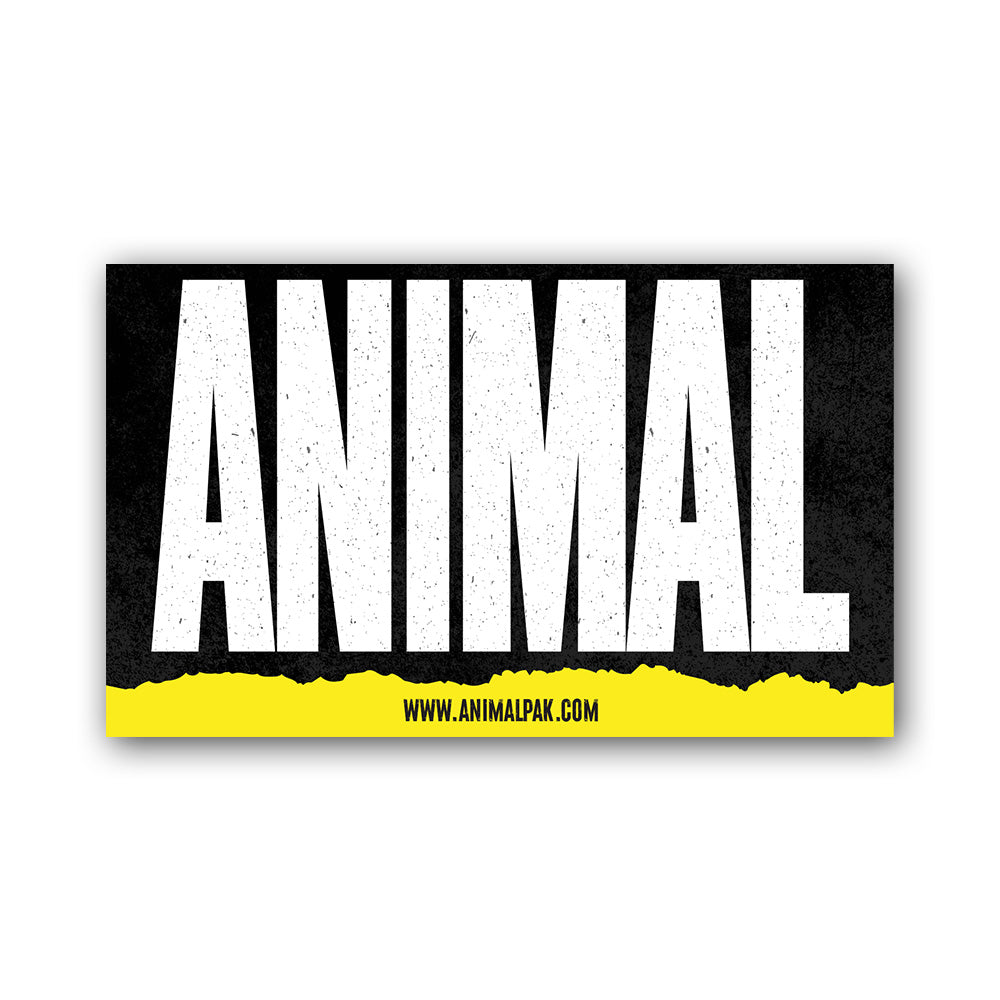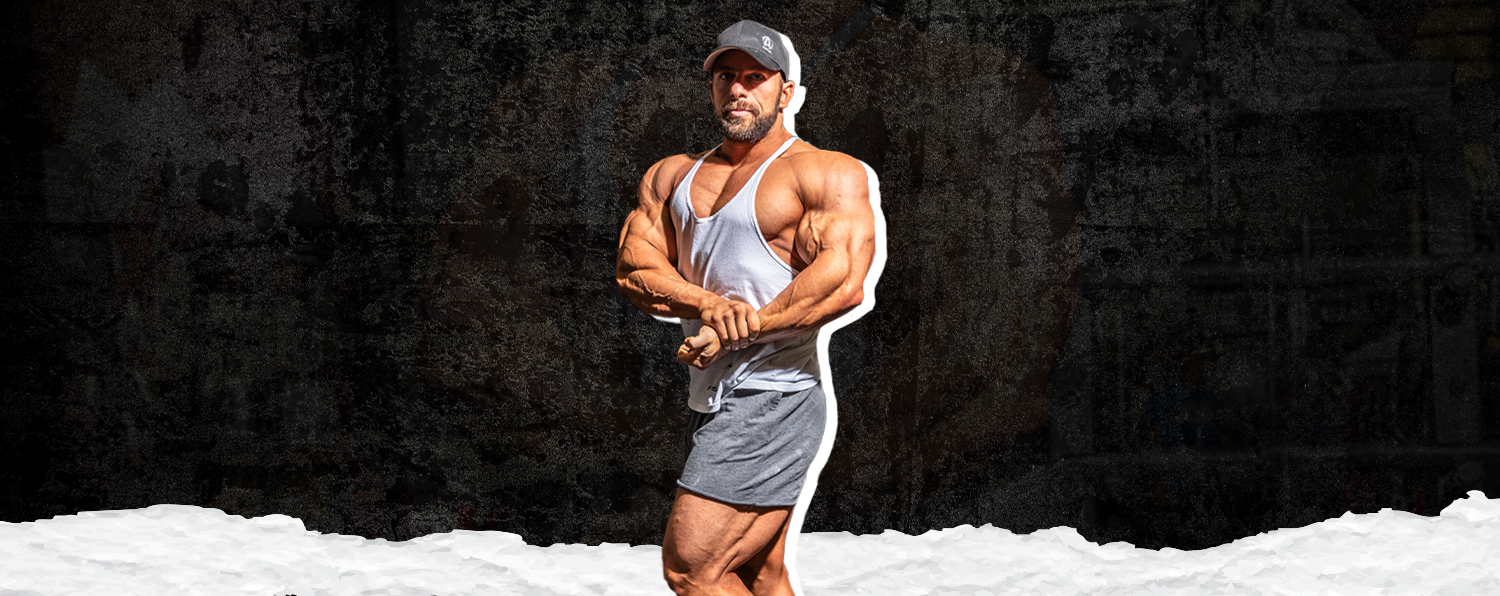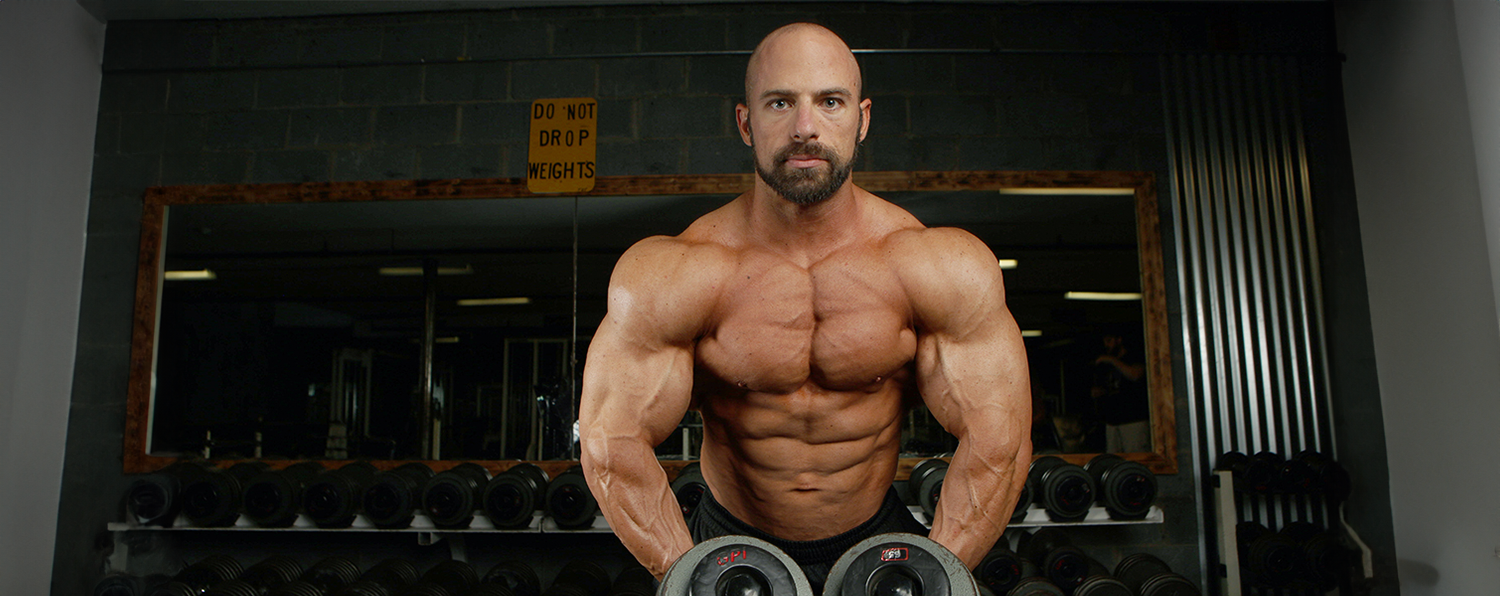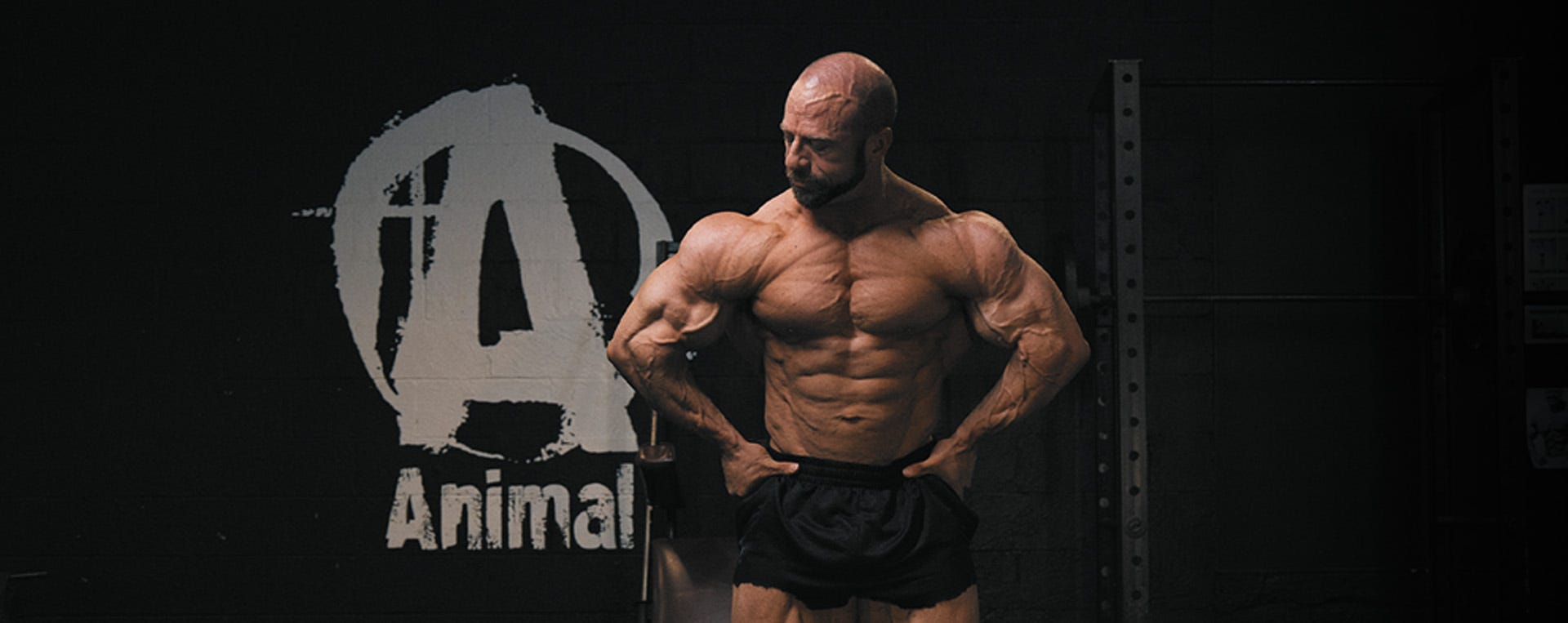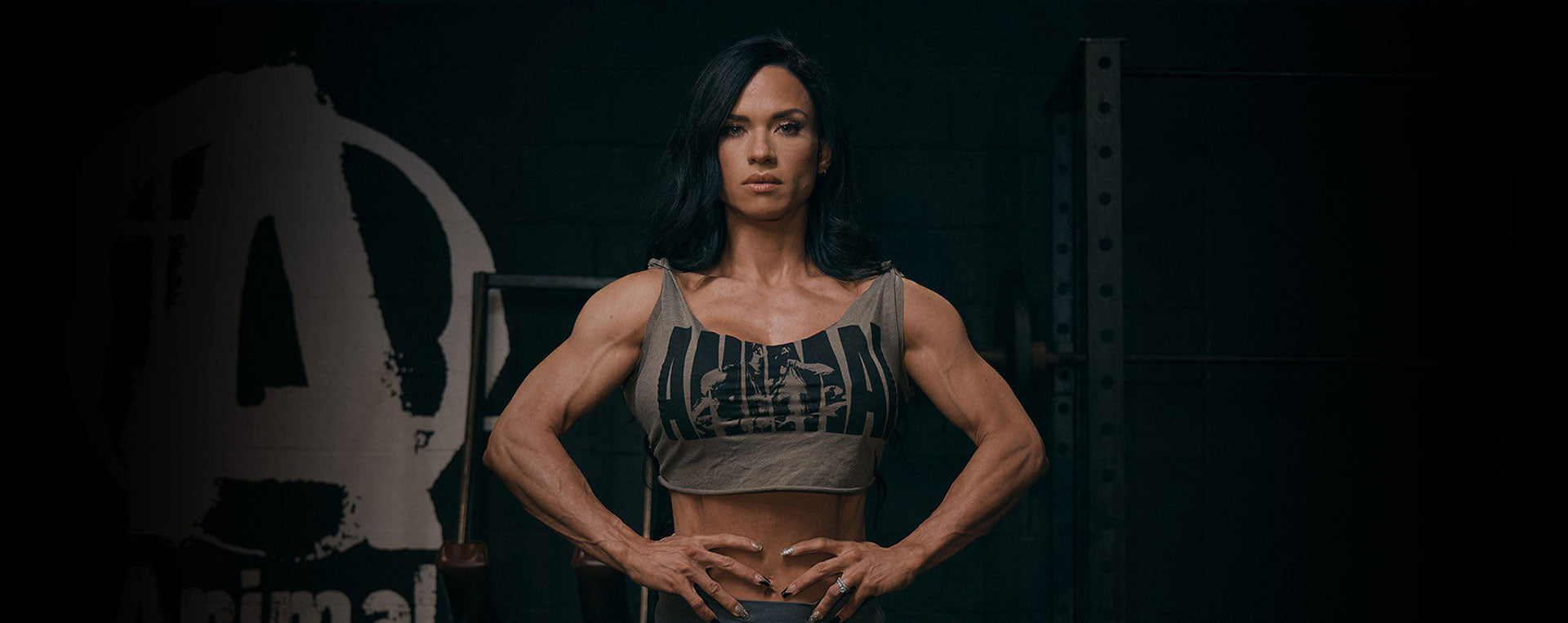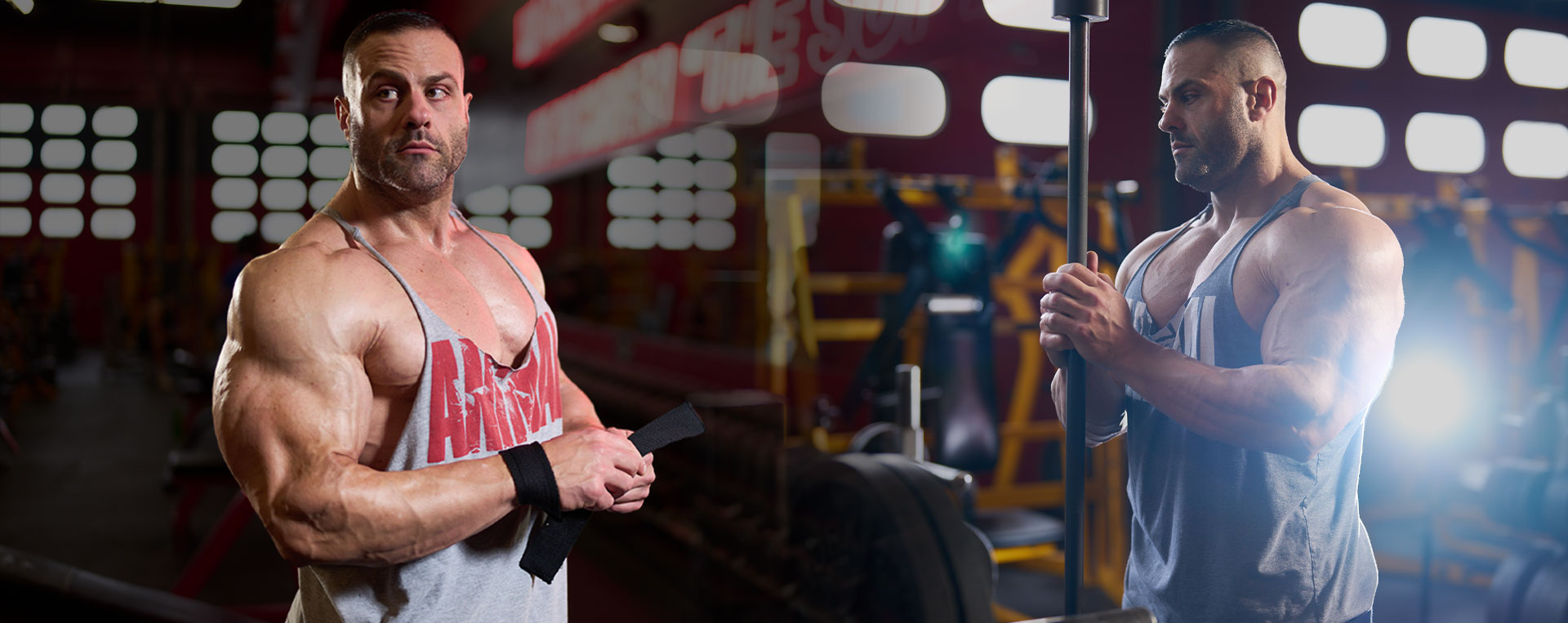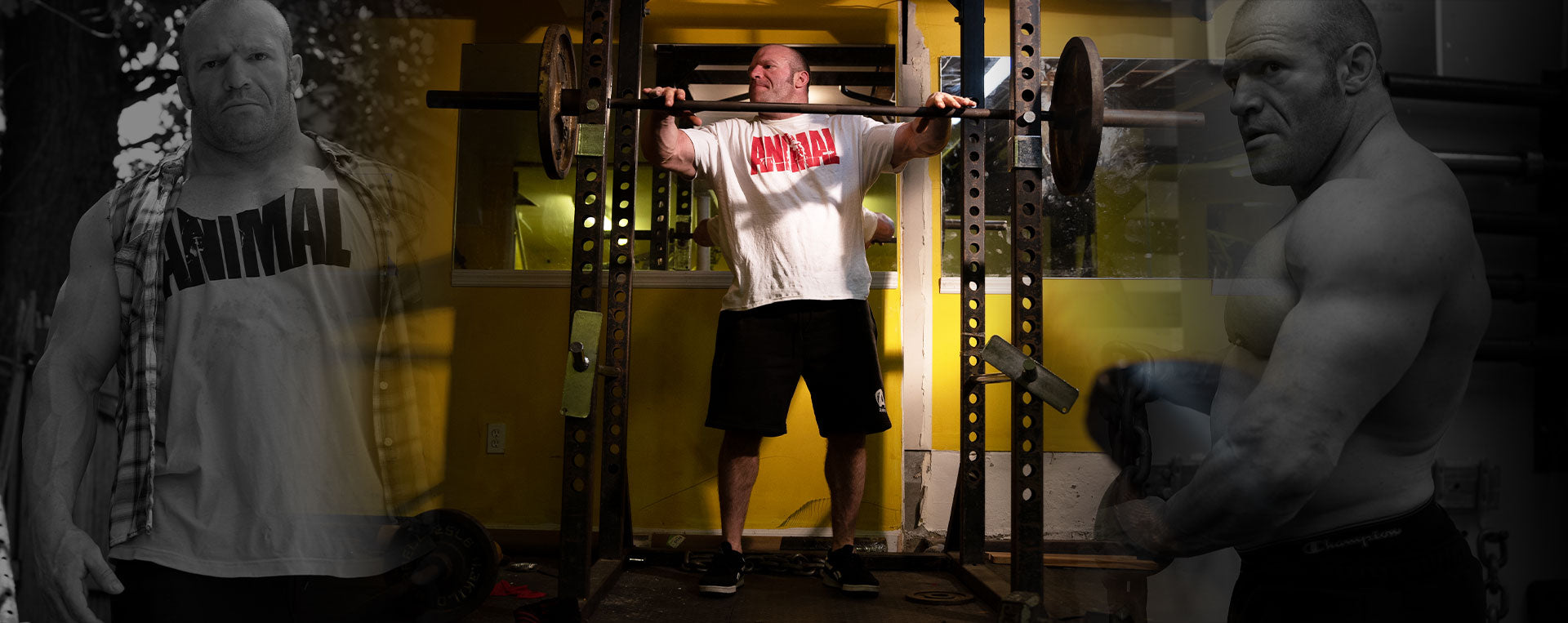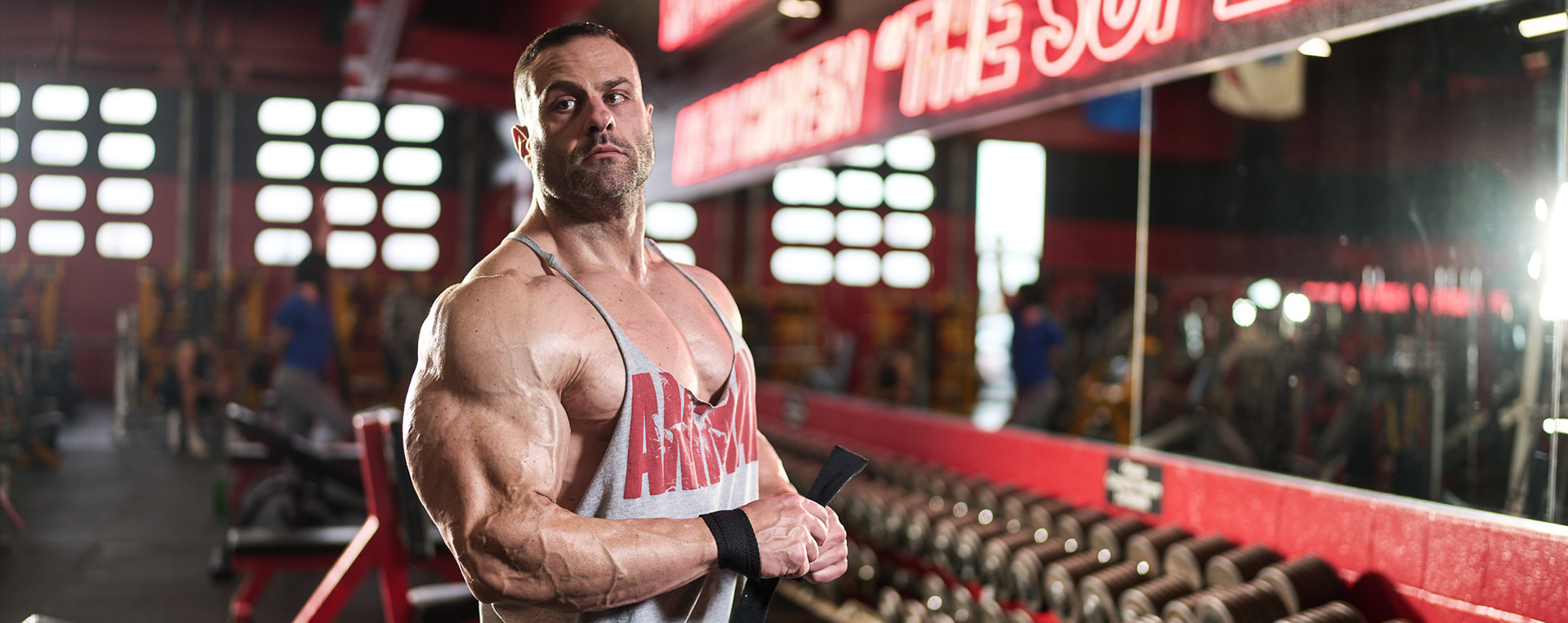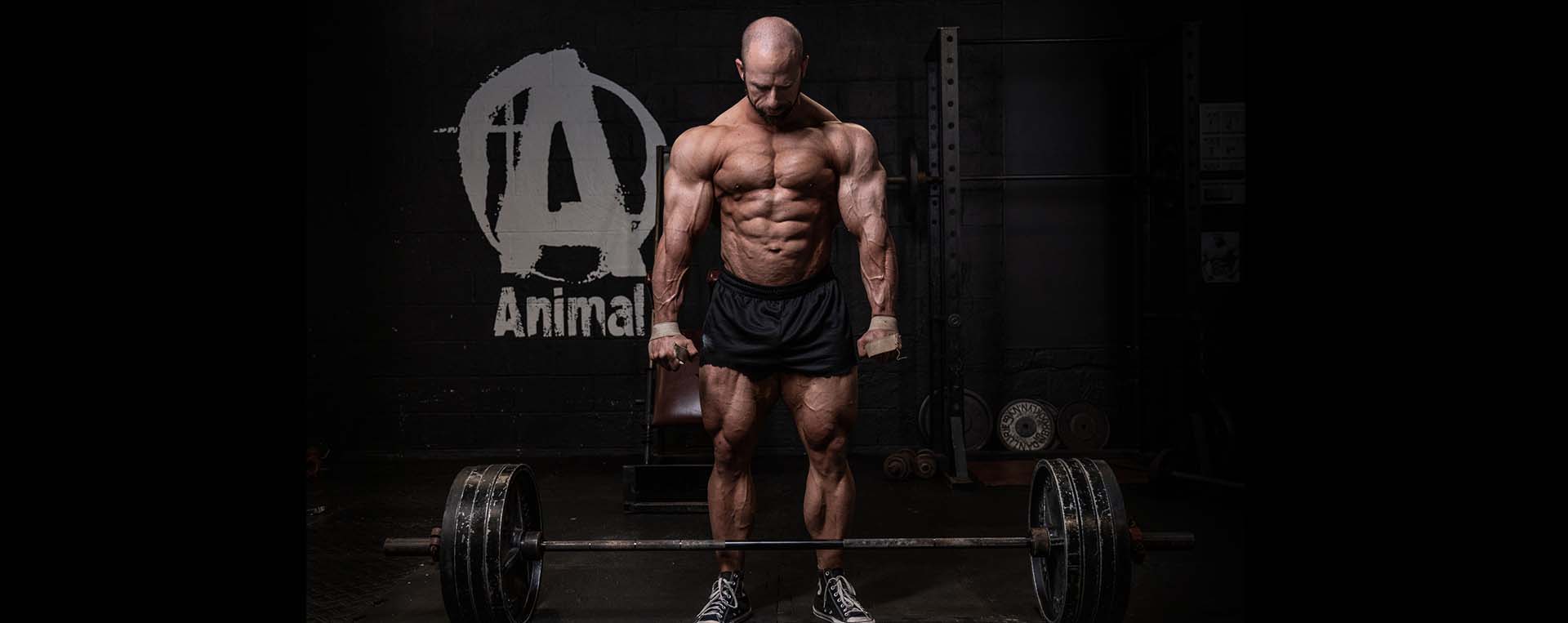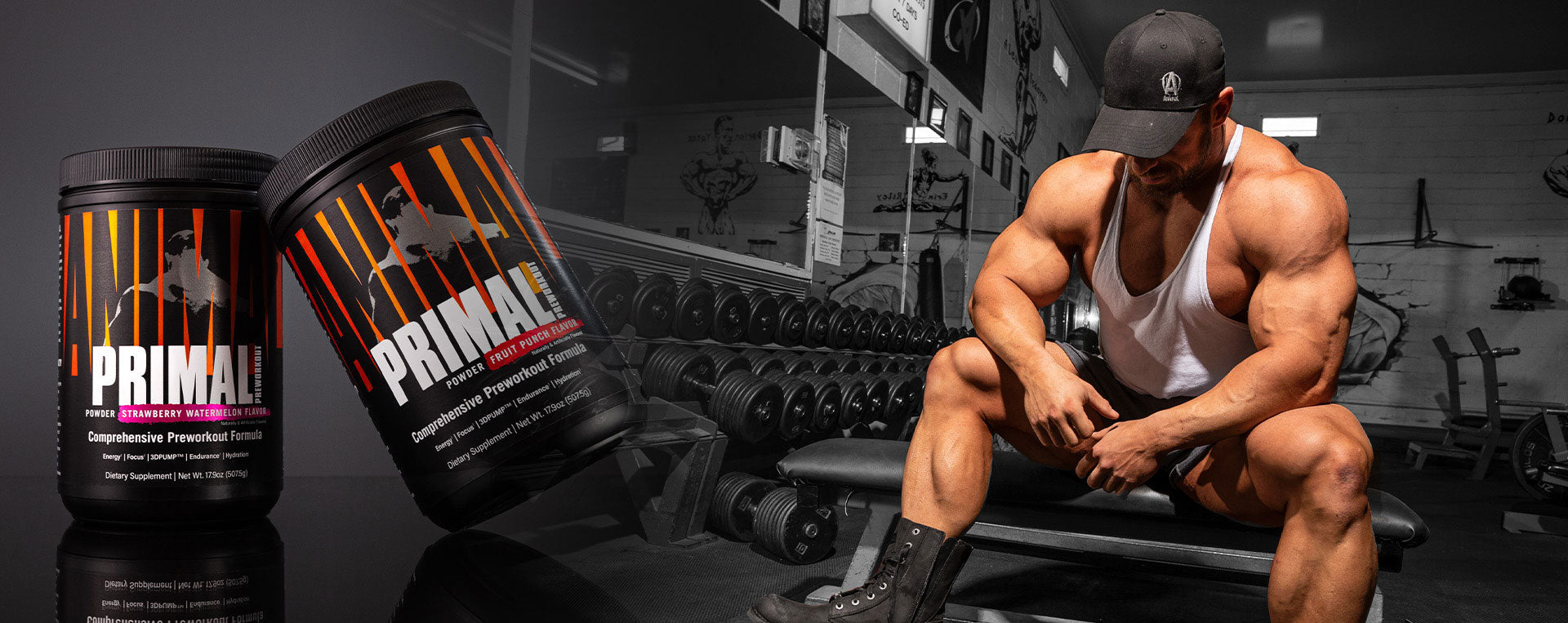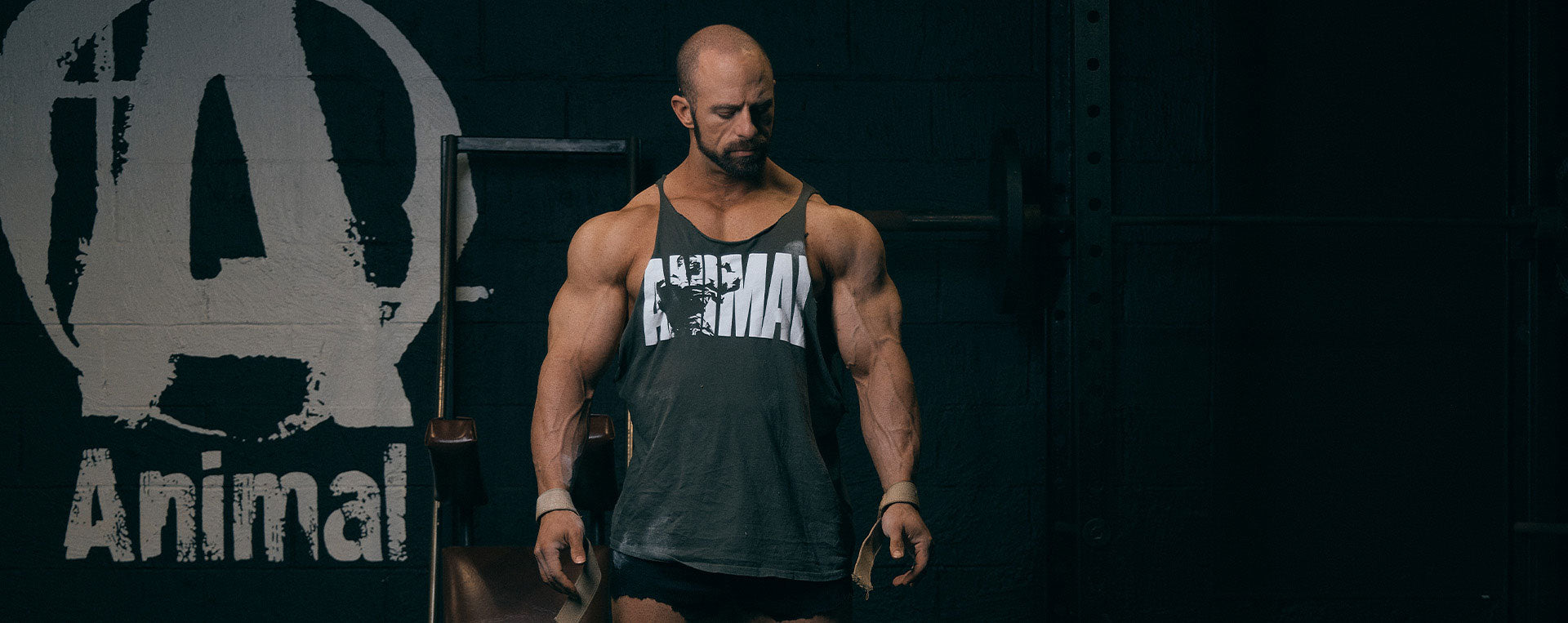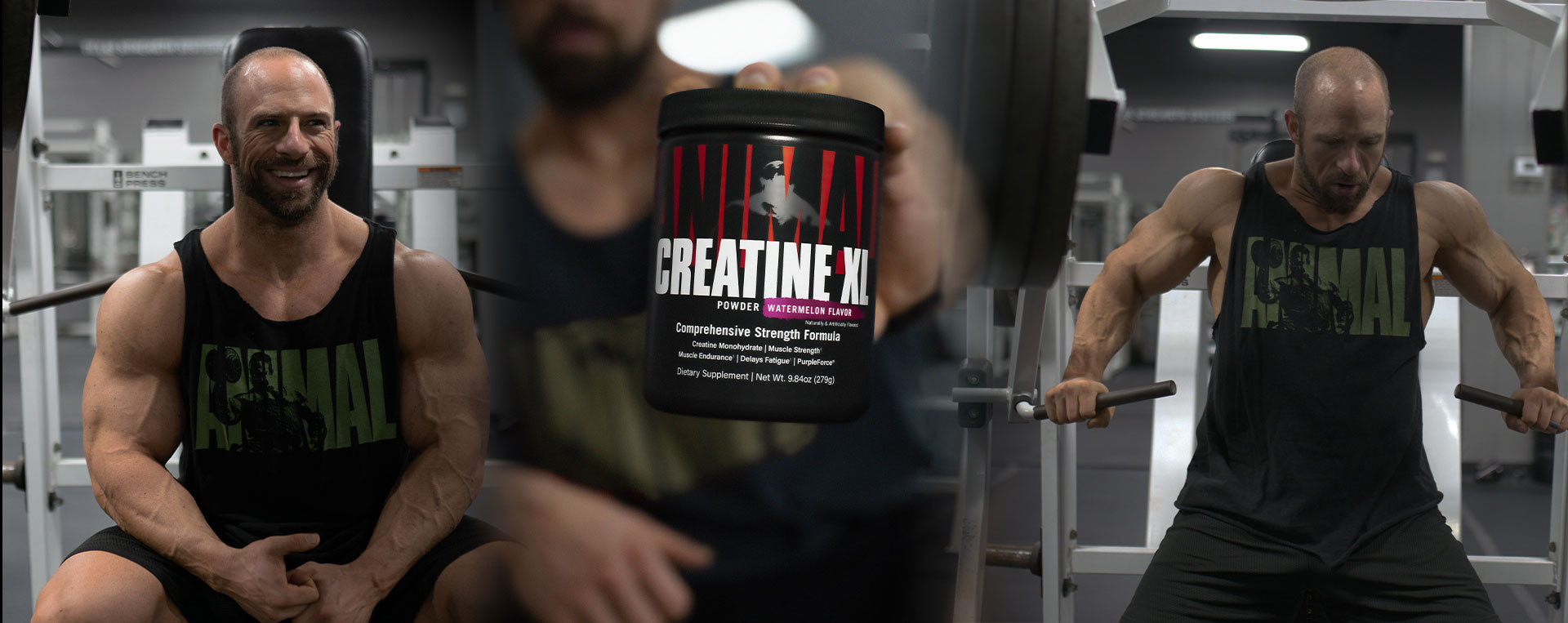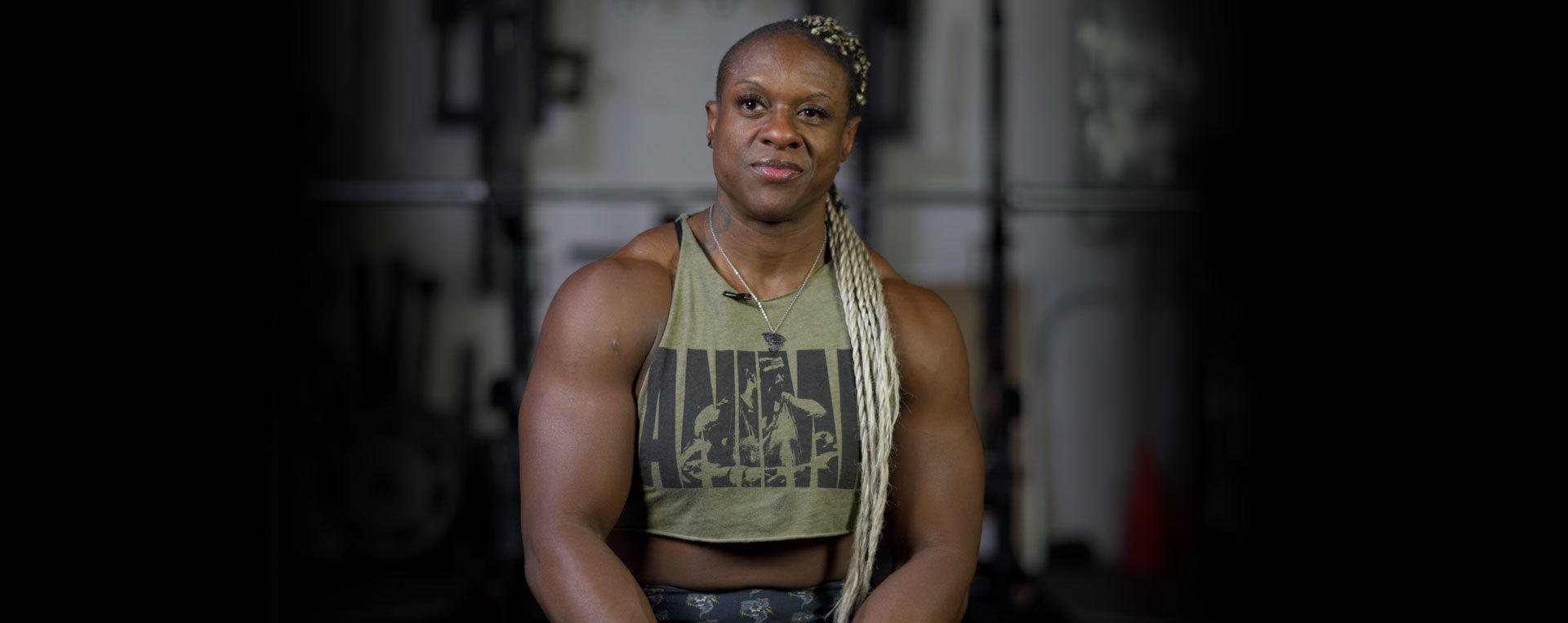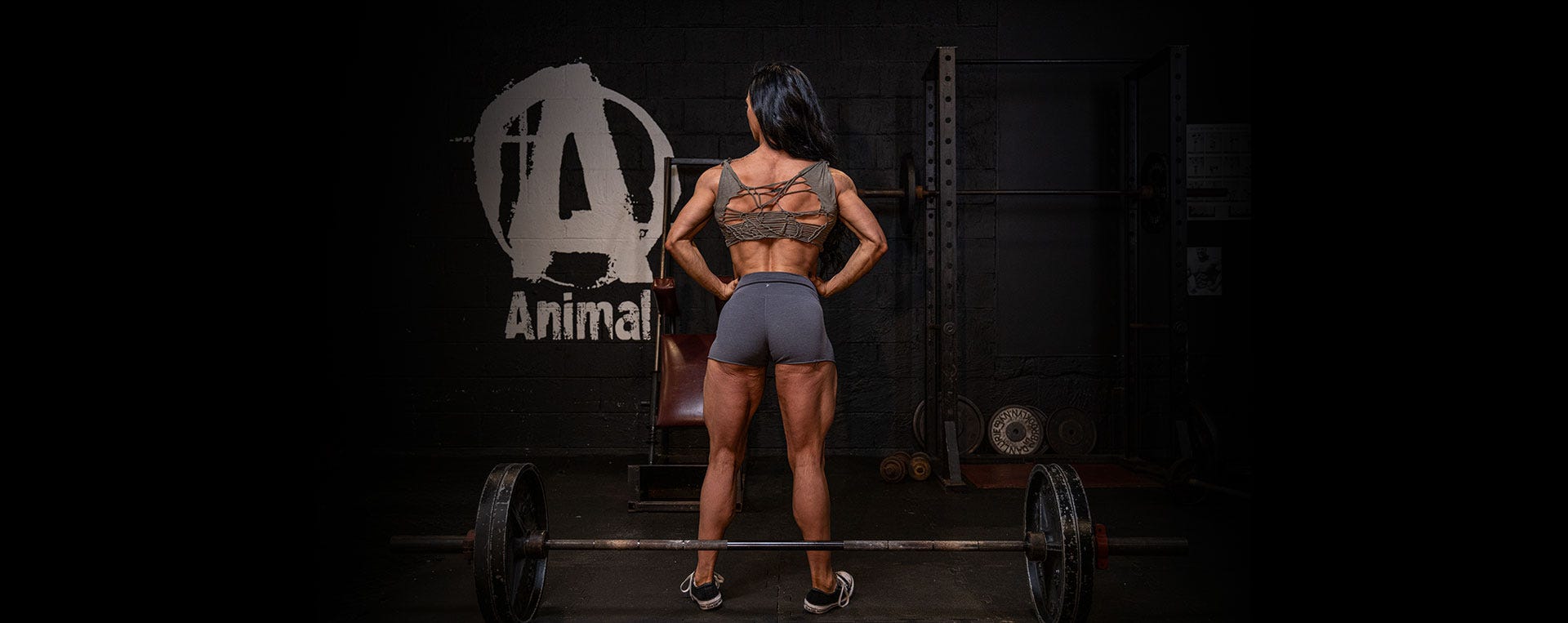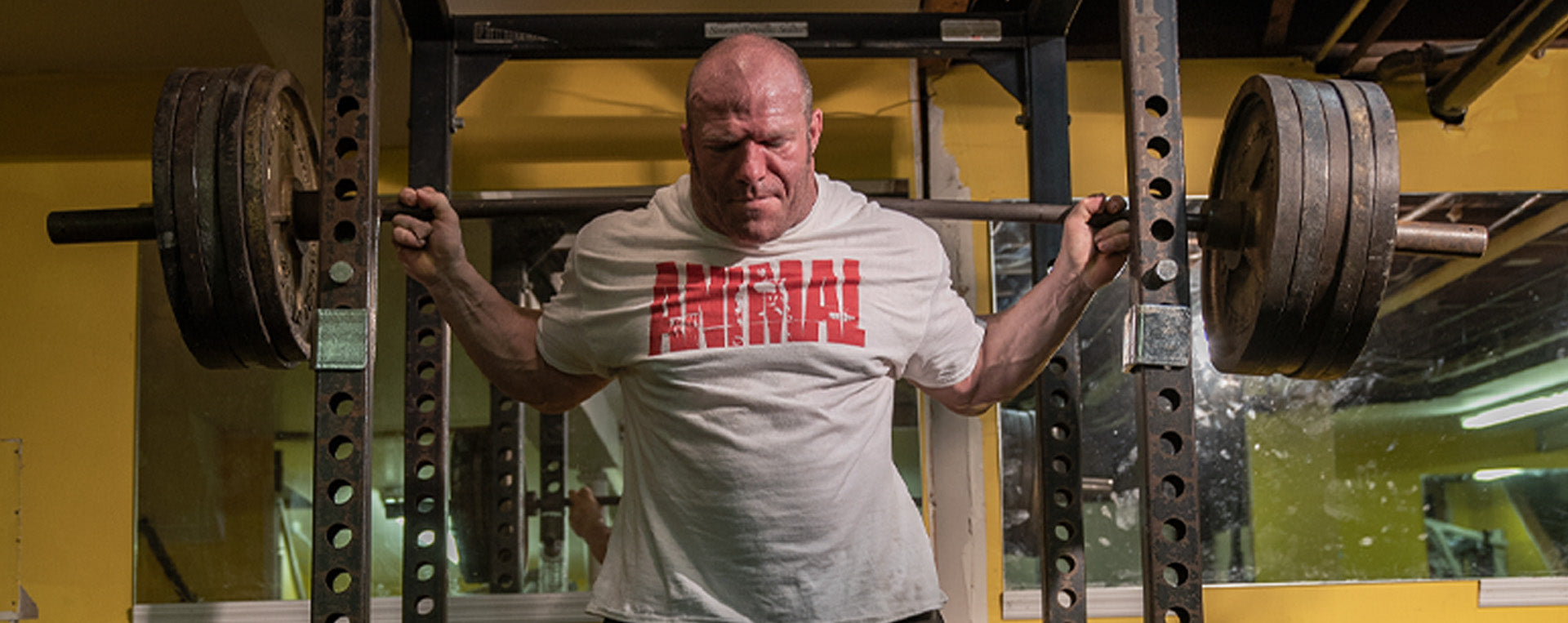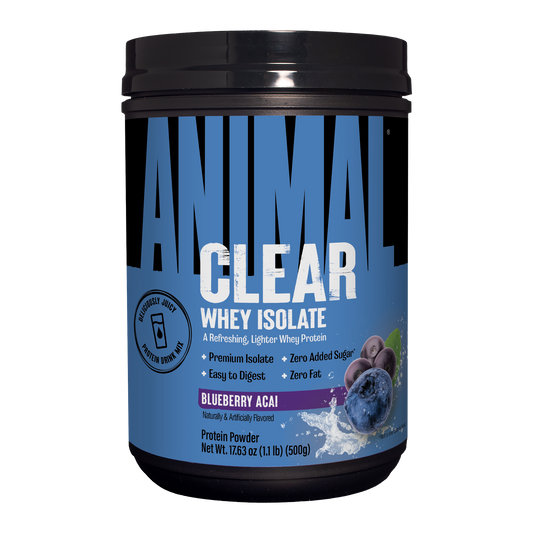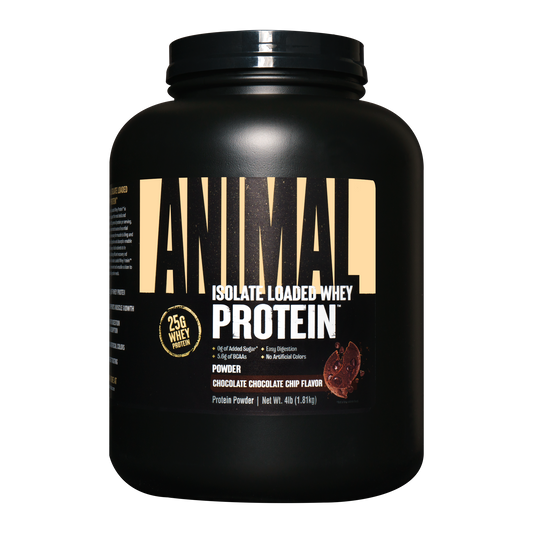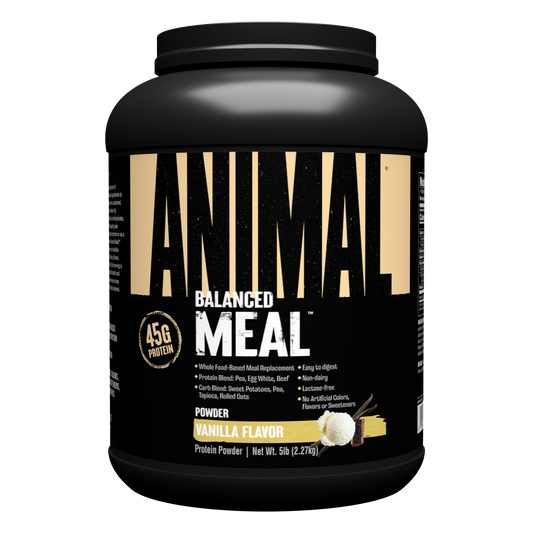Mentally Locking In
To generate the intensity and focus needed for the hard sets, you have to lock in mentally before you even get to the gym. I look over my log book (you need to keep a log book of your lifts) and look at what lifts I will do and the number goals I will hit. I think about the movements by visualize doing them and verbalize what I will accomplish. I don’t want any doubt in my mind. Music helps me to get in the right state of mind while driving to the gym. I don’t want distraction from talk radio or podcasts; I need that right kind of hype up music playing. There should be a balance here though. You don’t want to get so amped in the drive over you that you are neurologically fatigued by the time you walk in the gym. Just get focused and think about your goals.Pre-Activation Work
Once in the gym, I start with activation work for the muscles I will train. This is a must for beginners who don’t have a strong connection with working muscles—those that can’t “feel” their chest working on a press or their hamstrings on a Romanian deadlift. Activation work might be using a band to get the muscle contracting hard in the shortened state or even a machine that does the same. I like doing 10 second holds on these moves. Just bring blood to the muscle, get a slight pump, and get connected. This is important because we have to establish a connection with the muscle to which we want to apply a load.Warm Up/Build Up Sets
Take time on your warm up sets. These sets are not only to “warm up” muscles/joints/connective tissue, but they establish the movement pattern you will execute on your working set. Every rep from the lightest warm up weight up to your heaviest hard set should look exactly the same. Do a slow controlled eccentric and a forceful concentric. Don’t wear yourself out on these sets; remember our goal is maximum tension. If you wear yourself out on a bunch of warm ups, you won’t be able to lift as much weight and/or reps on the working set. For example if you’re planning for a work set of 500lb x 10 reps on squat, warm up sets might be 135lb x 15 reps, 225lb x 10 reps, 315lb x 6 reps, 405lb x 4 reps, then work set of 500lb x10 reps. Mentally stay focused on execution and using the correct musculature. Stay calm during these sets—there is no reason to overstimulate yourself on warm ups.Approaching the Bar
Now we are primed and ready for our work set. We have been thinking on this and want to destroy the log book. The set starts in the mind as we approach the bar. You might use visualization here and think about your ultimate goal, such as walking on stage to win a bodybuilding show. Maybe think about what your competition is doing right now and how you must beat them in this set, or tell yourself what you are and what you will become. Preset triggers are helpful in repeating the same effort level each time. For example right before I lift a weight, I close my eyes and take a deep breath then jump into the set. I do this on every work set because it locks in my mindset. Some people might be vocal like Ronnie Coleman who would yell “light weight baby.” This was his trigger that got him locked in. Find your trigger and use it.Intra-Set Internal Vs. External Focus
With the weight now loaded, we need to place focus on the working muscle. Some use external cues to help correct form and direct tension to the right spots. Think of these as cues for the athlete in relation to their environment. In a squat you might have heard some use the cues “look up,” “sit back,” and “drive hips forward.” All of these are external cues to correct form to use the right musculature. This is great for outcomes, but not the best for bodybuilding when the journey to the outcome is just as important as the outcome itself. An internal cue will help a lifter engage the working muscle. For one, just cueing a lifter to think about contracting the working muscle can be helpful (“squeeze your biceps”). You can even have a friend push a finger into that muscle to help establish a connection. The cueing might involve more. In the bench press, for example, to feel more chest you might say “squeeze the bar together” in order to help with chest contraction.Bringing Out the Intensity
If you are mentally in it and you’ve involved the right muscles and the reps are climbing during the lift, we start to approach the reps that matter. These are the hard grinder reps; the reps that really stimulate hypertrophy. This is where you buckle down mentally and are on a mission to see out every rep till the end. How far are you willing to take it here? I don’t believe in everyone training to failure. This approach is for intermediate and advanced lifters that have perfected form. Once your form breaks on a lift, that is going to count as failure because tension on the intended muscle has shifted elsewhere. This is relative failure versus absolute concentric failure. But once you have form down, take that set all out and do the reps that no one else wants to do.Post Set Assessment
Rack the weight and recover. That was a set well done. You should feel the muscle worked over and the blood swelling into it. If this is not happening, you need to reassess if you did all the previous steps correctly or if this is the right movement for you. There is no exercise you have to do. You want to find the right exercise for you—the one where you can apply the most tension to the intended muscle with the most effort.Head to the gym with purpose today. Now you know what you need to do to make the most out of your sets. It’s time to grow like never before.




